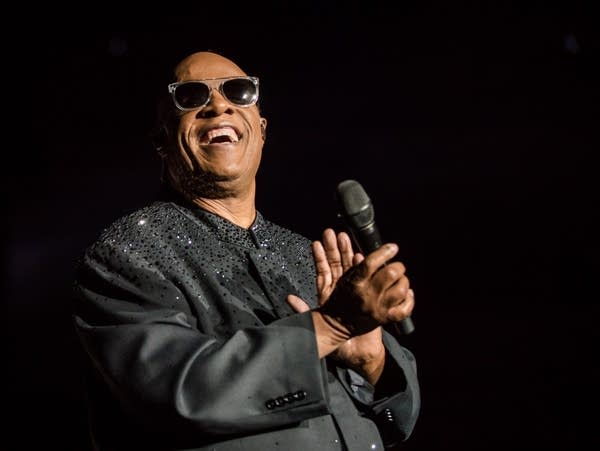Virtual Concert: Featuring Black Musicians

Like this?
Log in to share your opinion with ClassNotes and add it to your favorites.
Register for Free
Please Log In
Reset Password
Age Range: Elementary, Middle School, High School
Learning Objective: Students will listen and respond to pieces by notable Black musicians.
Total Video Time: 16:08
Total Lesson Time: Approximately 25-30 minutes
At a Glance: Virtual Concerts give students the opportunity to practice being an audience and experience a variety of music. A teacher or student will play the role of Concert Host narrating between each piece of music.
Teaching Tips: Use the provided Concert Host Script and included links to guide students through a series of videos recreating a concert. For older students, use the Concert Reflection Worksheet either during or after the experience. For younger learners, see our Concert Guide for ideas on how to customize the concert.
Download This Free Concert Guide
THE CONCERT
“Welcome to our virtual concert featuring several black composers and performers. Black musicians have shaped and defined every aspect of American music. Today’s concert is a small starting point to begin investigating some notable Black performers and composers.”

“Our first musician is Valerie Coleman. Valerie does all sorts of musical things. She is a flutist, the founding member of a famous wind quintet, and a composer. The piece is Umoja (oo-MOH-jah), which means ‘unity,’ and is a word used to commemorate the first day of Kwanzaa.”
“Stevie Wonder started making music professionally around the age of 11. As legendary singer, instrumentalist, and record producer, he has influenced and shaped many genres (or styles) of music, including R & B, pop, jazz, and funk.”

“This piece of music is a tribute to another very famous Black musician, Duke Ellington. Stevie name checks several jazz greats, including Ella Fitzgerald, Count Basie, Glenn Miller, and Satchmo, the nickname of singer/trumpet player Louis Armstrong.”
“Jessye Norman was one of the most famous opera singers of the 20th century. She travelled all over the world to perform as a soloist with the most famous opera companies. She also founded a school for the performing arts.”

“Watch and listen to Jessye Norman sing an aria, or a song, called ‘Thy Hand, Belinda’ from the opera Dido and Aeneas, by Henry Purcell.”
“Hazel Scott was a pianist and performer who blended classical piano with jazzy sounds. She often referred to her technique as ‘jazzing up the classics.’ She hosted her own radio show and was one of the first black women to host her own tv show. She had strong political views and refused to play for segregated audiences.”

“This is a clip from a movie where she plays herself, a famous musician.”
“Thank you for attending today’s virtual concert. We hope you enjoyed listening to and learning about these notable Black musicians. We hope you’ll share what you learned with someone else today.”
EXTEND learning
Choose one or more of the following for post-concert activities.
Use the provided Concert Reflection Worksheet to facilitate discussion. Students might fill it out as they’re watching, or teachers can facilitate discussion after listening to each example. Encourage the use of music vocabulary to describe each example. Point out familiar music concepts when appropriate.
Learn a little more about each performer:
Valerie Coleman: In 2020, she was named "Classical Woman of the Year" by the national radio show, Performance Today. Read about her award here.
Stevie Wonder: Try this version of the Stevie Wonder song. It includes visuals for adding body percussion.
Jessye Norman: Watch a few minutes (or all) of this interview with Jessye Norman, starting at the 1:00 mark.
Hazel Scott: Check out this in-depth exploration of Hazel Scott's career.
FULL CONCERT PLAYLIST

YourClassical is a public media organization and your support makes it possible.

This activity is made possible in part by the Minnesota Legacy Amendment’s Arts & Cultural Heritage Fund.








